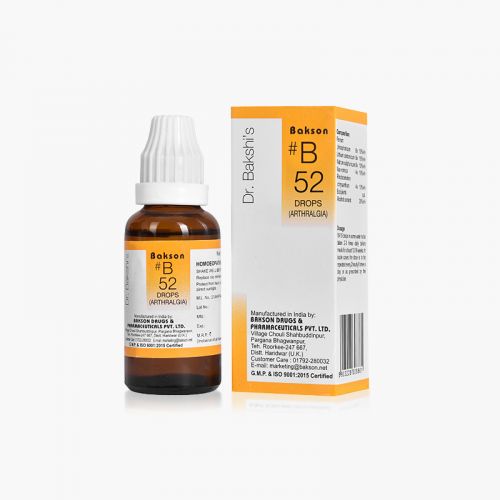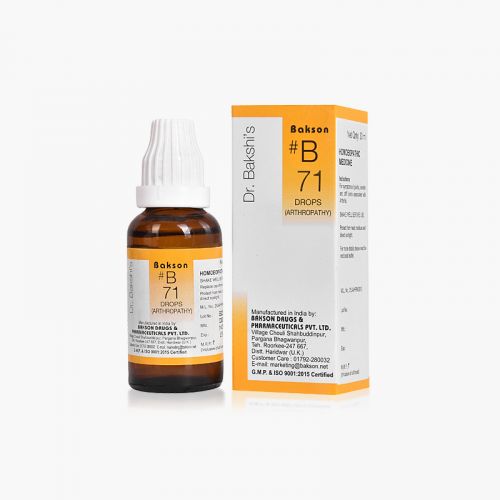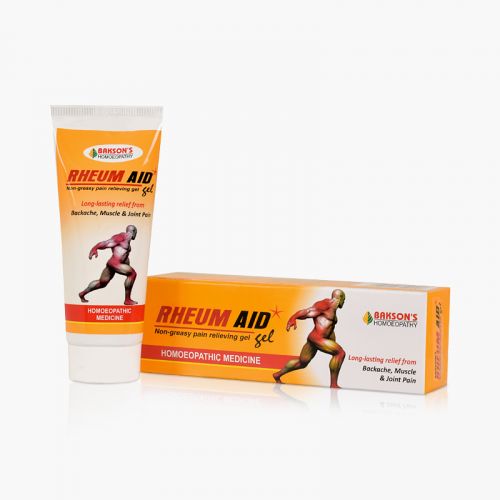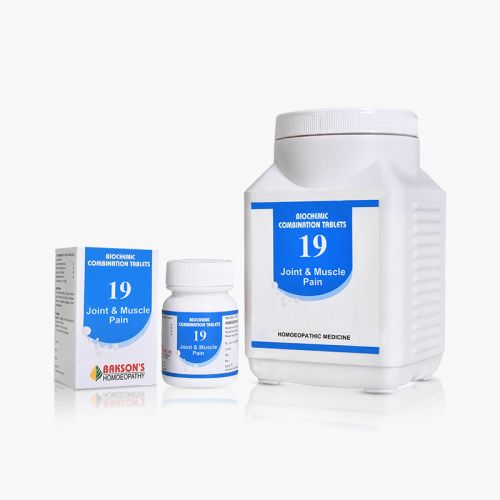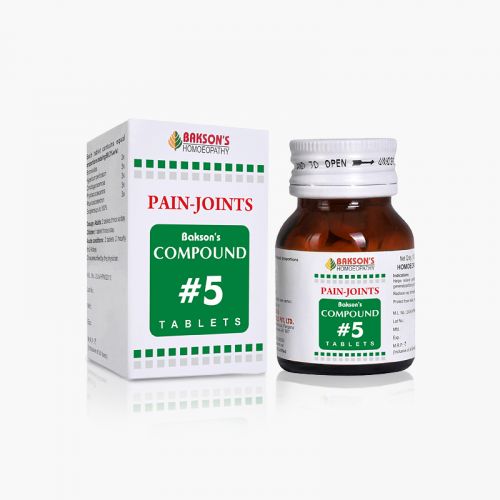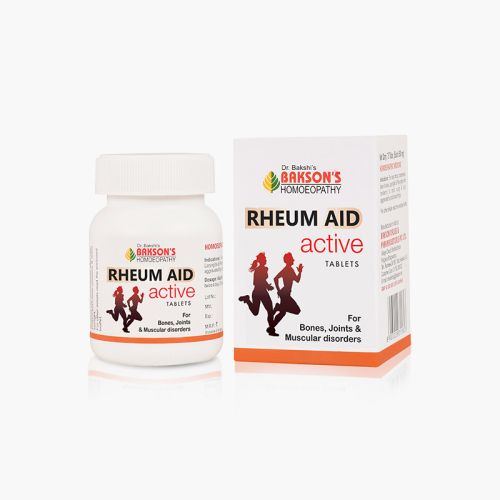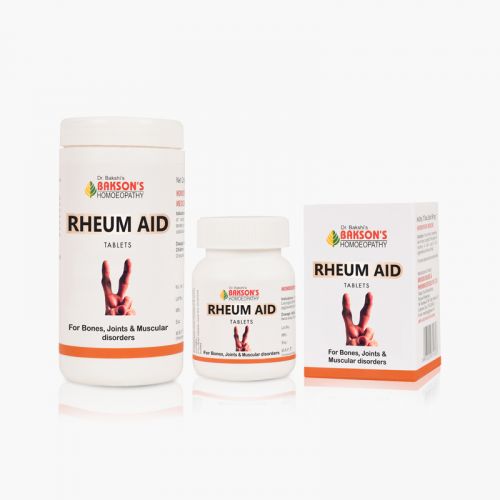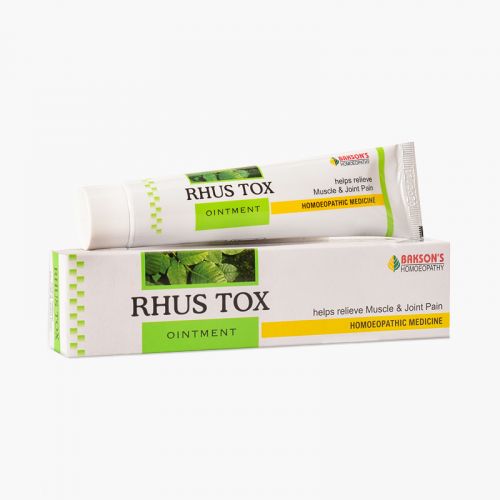We use cookies to make your experience better. To comply with the new e-Privacy directive, we need to ask for your consent to set the cookies. Learn more.
What is Tendinitis?
Tendinitis, also known as tendonitis, is the inflammation of a tendon. It happens when a person overuses or injures a tendon, for example, during sport. It is normally linked to an acute injury with inflammation. It often affects the elbow, wrist, finger, thigh, and other parts of the body.
Risk factors
Tendons become less flexible with age and more susceptible to injury. A person whose job involves repetitive movements, awkward positions, frequently reaching overhead, vibration, and forceful exertion has a higher risk. Painting a ceiling may trigger it. Sports that involve repetitive movements can lead to tendinitis, for example, running, tennis, swimming, basketball, golf, bowling, and baseball. People with diabetes and rheumatoid arthritis are more likely to develop tendinitis.
Signs and Symptoms
The most common symptom of tendonitis is pain in the affected area. Sometimes this pain is accompanied by swelling, redness, weakness, and feelings of warmth around the injured area. Specifically, symptoms may vary depending on which part of the body is injured.
- Shoulder: general aching, dull pain that is felt in the entire shoulder and may extend to the arm and chest.
- Elbow: pain on the outside of the elbow that may include the forearm and wrist or pain toward the inside of the elbow (the location of pain varies based on the exact elbow injury).
- Knee: pain is usually beneath the knee but in some cases may also be above it.
- Wrist: pain is usually at the back of the wrist, near the thumb base.
- Heel of the foot (Achilles tendon): pain will be felt on the heel or two to four inches above it.
Management
Tendinitis is less likely if a person practices some of the following strategies.
- Exercise: Activities that are designed to strengthen the muscles around the tendon may help prevent tendinitis from recurring. It is important to seek professional help for strengthening and stretching exercises, for example, a physical therapist.
- Stretching and cooling down: When engaging in sporting activities, it is important to warm up and stretch properly. Cooling-down exercises and stretches after finishing may also help prevent tendinitis from developing.
- Repetitive movements: These may significantly raise the risk of tendinitis developing or recurring. Avoiding repetitive movements or taking rests will help reduce the risk.
Warning: Above information provided is an overview of the disease, we strongly recommend a doctor's consultation to prevent further advancement of disease and/or development of complications.
Disclaimer: The information provided herein on request, is not to be taken as a replacement for medical advice or diagnosis or treatment of any medical condition. DO NOT SELF MEDICATE. PLEASE CONSULT YOUR PHYSICIAN FOR PROPER DIAGNOSIS AND PRESCRIPTION.
- #B 52 DROPSSpecial Price ₹ 160.00 Regular Price ₹ 200.00
- ARNICA MONTANA 30₹ 100.00
- BAKSON #B 11 DROPSSpecial Price ₹ 160.00 Regular Price ₹ 200.00
- BAKSON #B 71 DROPSSpecial Price ₹ 160.00 Regular Price ₹ 200.00
- BAKSON RHEUM AID GELSpecial Price ₹ 84.00 Regular Price ₹ 105.00
-
- BCT # 19 (JOINT & MUSCLE PAIN)-250TABSpecial Price ₹ 84.00 Regular Price ₹ 105.00
- COMPOUND #5 TABLETS-100TABSSpecial Price ₹ 108.00 Regular Price ₹ 135.00
- RHEUM AID ACTIVE TABLETS - 75 TABSSpecial Price ₹ 172.00 Regular Price ₹ 215.00
-
-
-




